Author’s Note: To read the poem that Gabby wrote for her sister Shelley, click here for Saoirse
Making Noise: Mi Vida Loca and the Power of Community
When I first launched my campaign to bring Mi Vida Loca back to streaming, I had no idea how far the ripple would go. What started as a personal mission to honor my sister, Shelley—La Chiquita—has turned into something bigger: a collective call to preserve the stories that Hollywood too often erases.
And now, the press is paying attention.
This week, journalist Francisco Aviles Pino at Caló News told the world about my fight—and more importantly, why it matters.
“For many, Mi Vida Loca is a representation of identity, sisterhood and belonging. And as long as it remains difficult to access, a part of that cultural history remains out of reach.”
— Caló News, March 25, 2025
This moment means everything. Not because it’s about me—but because it proves this story matters to more than just the girls who grew up in the 90s with teased bangs and eyeliner wings so sharp they could kill. This is about legacy. Representation. Remembrance. Resistance.
Caló News It Got Right

Francisco didn’t just echo my campaign. He captured the soul of it.
He talked about the VHS tapes, the bootleg DVDs, the Etsy shirts, and the unrelenting love this community still has for Mi Vida Loca. He quoted fans who said, “This movie was my childhood,” and “The story, the music—it was all true.”
He even highlighted the real truth behind the campaign:
This isn’t just nostalgia. This is cultural preservation.
This is about demanding access to our own stories.
Because Mi Vida Loca didn’t just reflect the streets of Echo Park—it reflected the streets we lived on, the friendships we built, and the losses we never forgot.
A Mother Who Carried It All…
And the Rest of Us Trying to Keep Up
People love to ask where the parents were. They want to believe that when a girl like my sister ends up dead—addicted, alone, broken—it’s because she wasn’t loved. Wasn’t raised right. That someone must have failed her along the way.
Let me be clear.
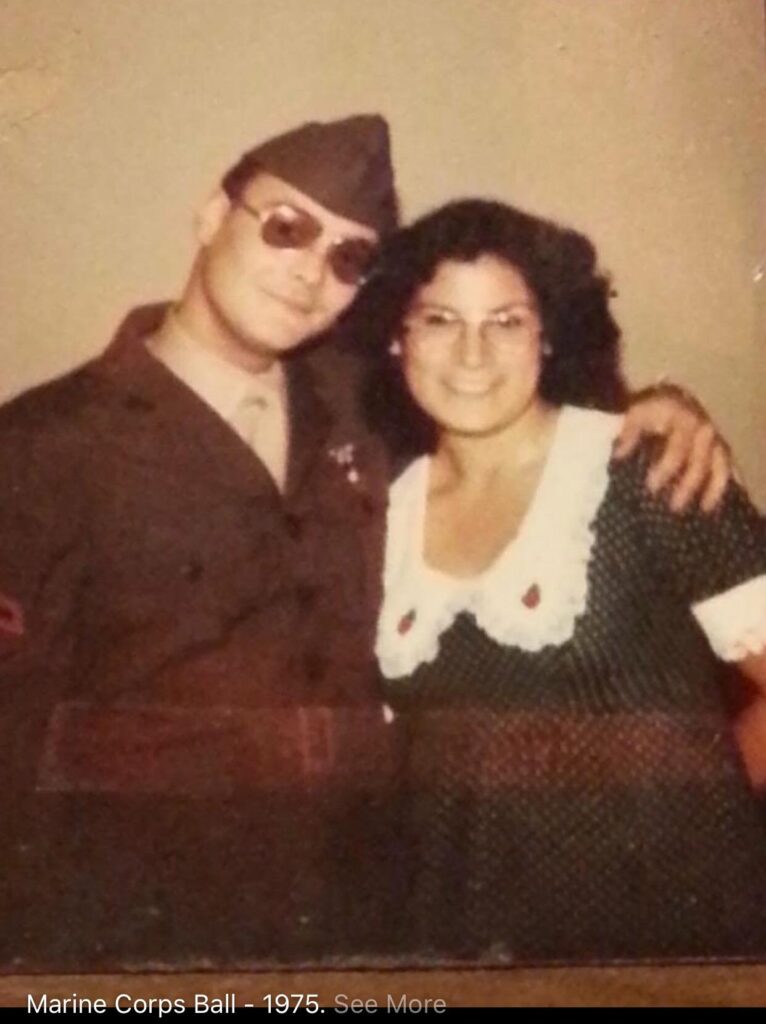
Let me be clear.
My mom didn’t fail anyone.
She had me when she was just 19. A kid herself, trying to survive. And like her life wasn’t easy growing up either. She told me the first time she ran away from home, she was in the first grade and ran to her friend Paul Austin’s house. How bad does shit have to be for you to run away when you’re six years old?
I was born in 1976. Shelley came next—May 1, 1978—less than two years after me. Then Loretta, born on the Fourth of July, 1980. But Loretta died just four months later of SIDS. Imagine being barely 23 years old and burying your third daughter?
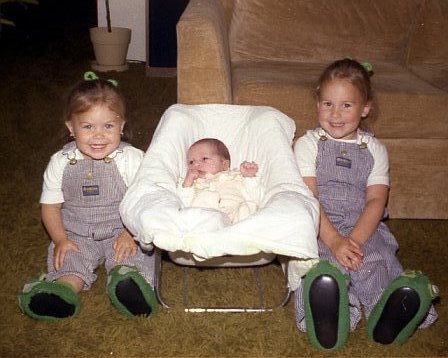

Let that sink in for a moment. We all grew up together, whether we liked it or not. Gabrielle came in 1988 and then we were four. By the time my mom was 31, she was raising three girls on her own. Just a 5’2” Latina woman who had already lived through addiction, abuse, the death of a child, and a divorce from an alcoholic. She worked whatever jobs she could find to keep us alive.
She didn’t have time for dreams. She didn’t have time for therapy or self-care or rest. She had three little girls, and, fuck, if we weren’t always a lot.
…And Then There Was Three
Shelley wasn’t a handful. Shelley was a goddamn storm.
She was beautiful, magnetic, and loud. She was so full of life, you could barely hold onto her before she slipped through your fingers again. And when she broke things, she broke them all the way, smashed them into tiny unbreakable pieces no one could put back together.
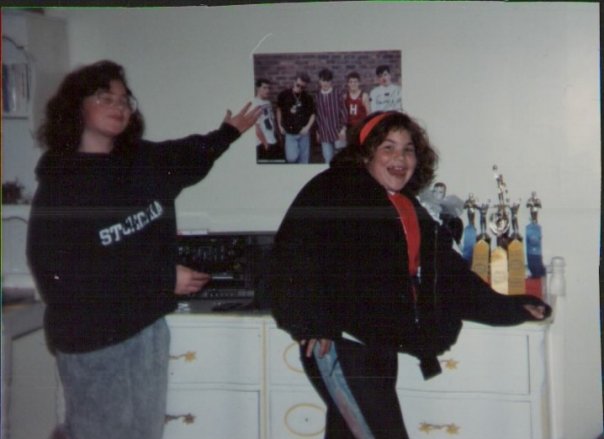
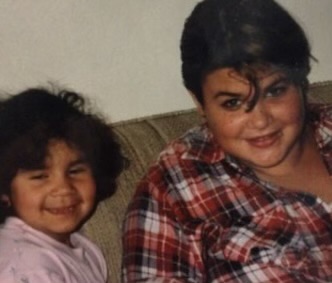
I’m not just talking about the time she cut the hair off of every one of my Barbie dolls or burned all of our childhood baby books in a drug induced rage. My mom did everything she could to help her, but Shelley didn’t want help. She didn’t want healing. She wanted to run. To burn. To crash.
And I get asked all the time—“Well, what about you? What were you doing when all this was happening?”
Y’all, we were just out there fucking surviving the best we could. In a world that expected us to fail.
I wanted to make art and had a part time job at Clothestime. I was Student Body President, on the tennis team, yearbook committee, danced, sang in the choir, was in school musicals, poetry club and a cheerleader. I was raising my little sister Gabby. Picking her up from preschool on my way home from high school. Then, I was in family therapy.
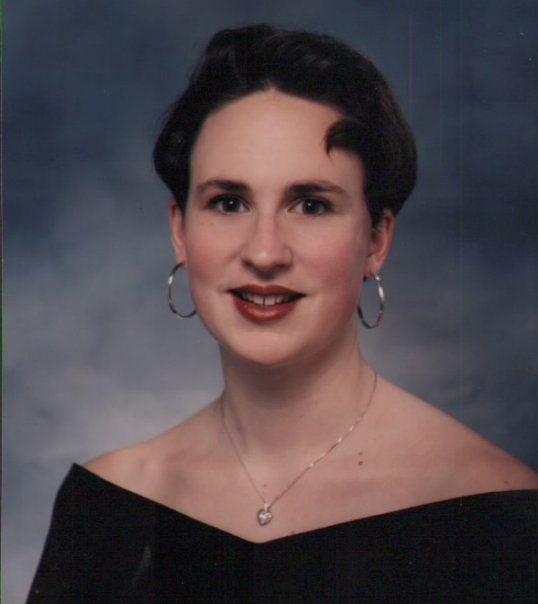
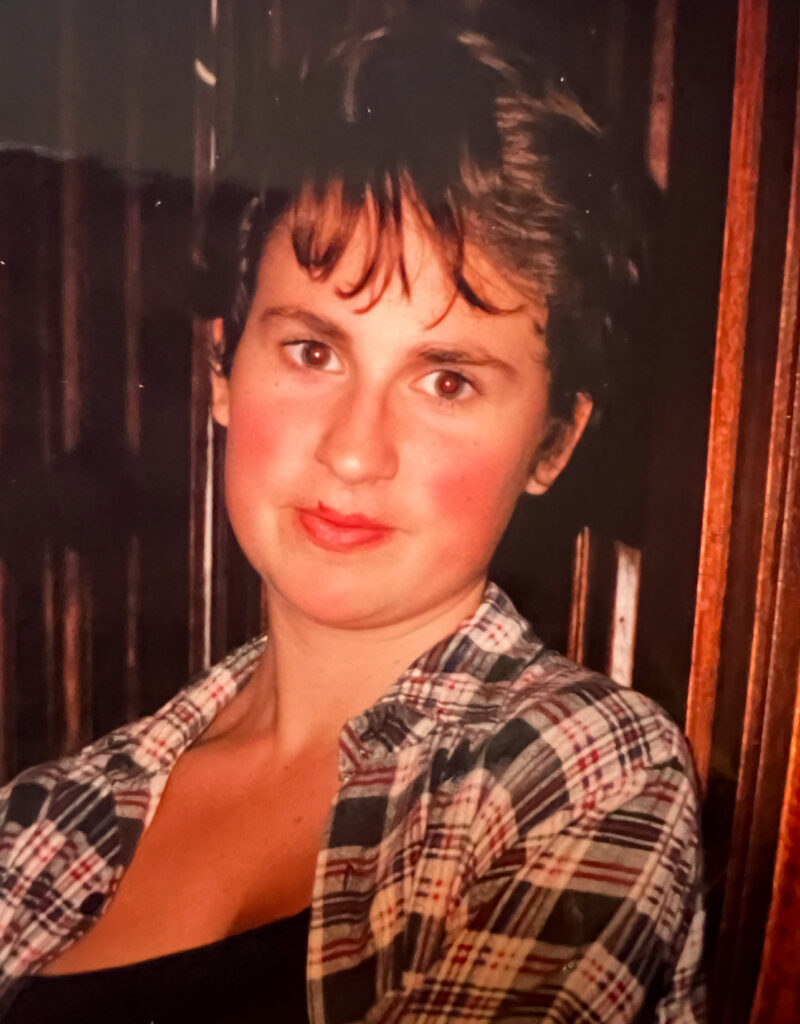
I was sneaking boys into the house when my mom wasn’t home. Drinking Zima in the baseball fields at Golden Gate Park. I was hooking up with my uncle’s older friends because I thought that’s what growing up looked like. And I was never the one getting in trouble. Because no matter what I did, it didn’t come close to the whirlwind that was Shelley.
People called me Jazzy because I liked to dance. Mamacita, because I was practically raising my sister. And Sissy… just Sissy… when Gabby and I held hands on the 44 O’Shaughnessy bus. I was the good one. The quiet one. The one who held it together.
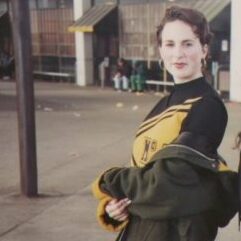
I was the eldest sister in an all Latina household and this family needed crazy glue in every aspect of holding together our survival.
And still… that wasn’t enough to keep our family one crack away from falling apart.
I remember one night—one of many—when Shelley came home raging on heroin. She had a kitchen knife and was threatening to stab my mom over money we didn’t even have. Gabby and I locked ourselves in the bedroom while my mom called 911. Just another night in our house. Just another scene we didn’t ask to be part of.
But my mom never ran. She never left. She never gave up. And neither did Gabby or I because family is fucking family no matter what.
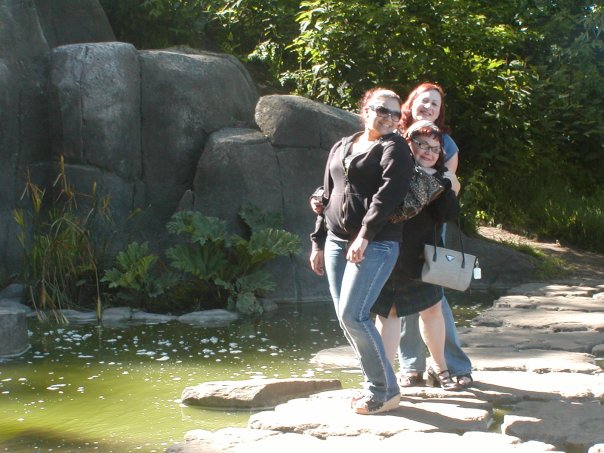
People want to romanticize women like my mom, like me or Gabby. They want to say we’re brave, beautiful and strong. But strength like that isn’t some inspiring quote on a coffee mug. It’s survival. It’s embedded pain. It’s doing what you have to because no one else is going to do it for you. It’s blood and trauma. It’s tears and healing. We’re more than survival. Even as a writer / sister / friend / daughter / mother / wife / bitch / chingona, I don’t know another word big enough to say what I want to say.
The Girl Behind the Campaign
And Shelley…
God. Shelley was something else.
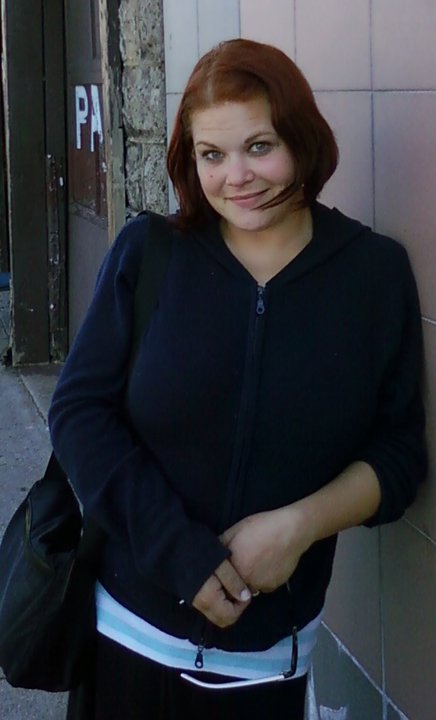
By 11, she’d stolen a car with her friend, Tia, and drove from San Francisco to Los Angeles like it was just a regular weekend plan. They were only caught because they did a dine and dash at a Dennys in Southern California. At 13, she escaped from McAuley, St. Mary’s Adolescent Psychiatric Lockdown Facility, by setting a hospital bed on fire. As the flames rose, and the firemen came up, she went down. That wasn’t a metaphor. That really happened.
She had diagnosis—borderline personality disorder and deep trauma from sexual abuse—and none of them came with real help.
Just paperwork.
Just pills.
Just facilities that held her for a few days, then let her back out into the same chaos, if she didn’t break out first. Spoiler alert: She always broke out first.
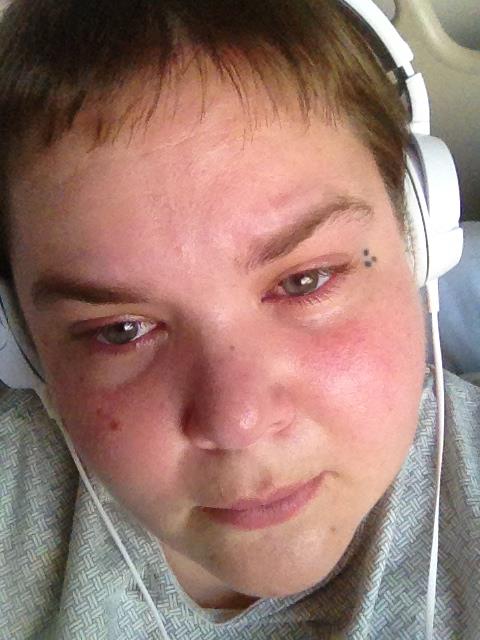
At 15, she was living at Walden House for drug abuse. At 18, she was arrested for heroin possession, working as a drug mule for her boyfriend, and sent to 850 Bryant, San Francisco’s infamous county jail. And still… no real treatment. No plan. Just in, out, repeat. The cycle never stopped. From Kaiser to Napa State Hospital, she’d seen it all.

Shelley would disappear for days and sometimes weeks. Live on the streets. Break into our house for money. Show up high or bruised or furious or all three. And then vanish again.
But she was still ours.
And honestly? She’d always been like that.
Even as a little girl, Shelley had this wild, defiant spark in her—like the rules were just suggestions, and she had better ideas.
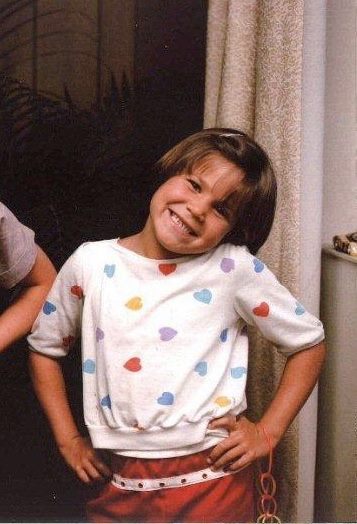
One time when she was five years old, she ran down the street to Best Products, the old department store near our house. This little girl turned on the waterworks and told the store manager that her mom left her there. Full Shelley drama. Back in the 80’s you could break into a phone call in an emergency and my mom got an emergency call that Shelley was there with her friend. My mom had to come down and explain that no, she hadn’t abandoned her daughter—Shelley was just a five-year-old firecracker with a flair for chaos and a gift for lying with a straight face.
That was Shelley.
Too smart. Too fast. Too much.
And the system? It never stood a chance in a world that was just too small for this big, bad bitch. Mi vida loca era su vida loca de verdad.
And Just Like That, She Was Gone
In November 2013, Shelley was placed on another 5250 psychiatric hold. Most people know that a 5150 hold is a mandatory 72 hour psychiatric hold, but a 5250 is a 14 day psychiatric hold for those in extreme crisis. It’s a last-ditch safety net for people considered a danger to themselves or others. But Shelley knew how it worked. She stood in front of the judge, said what she always said—“I’m fine”—and they let her go.
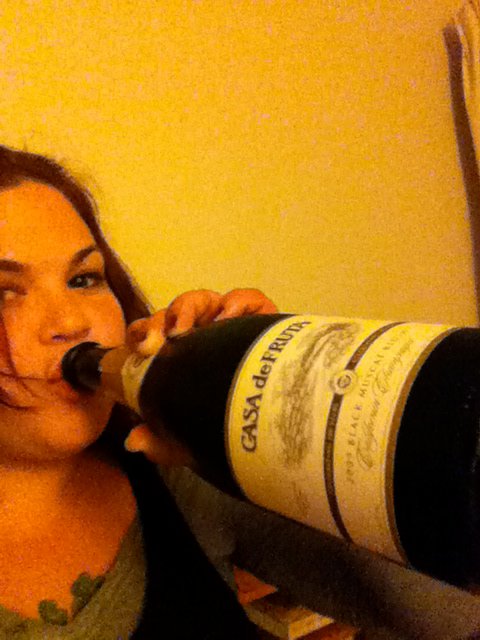
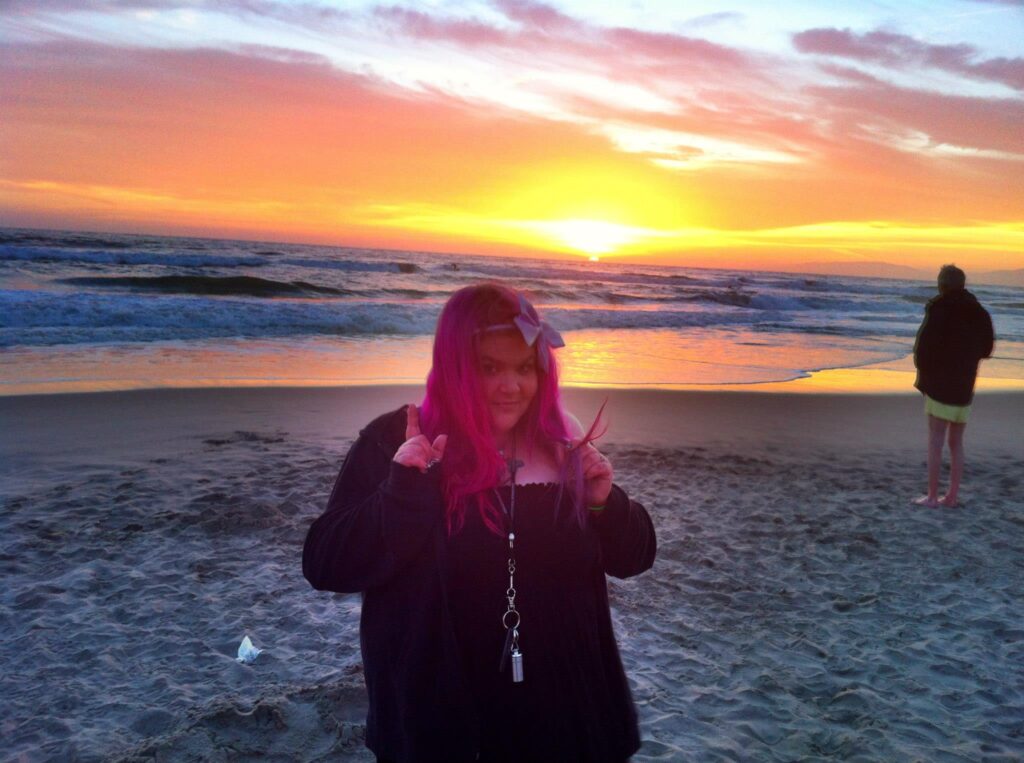
Less than 48 hours later, she rode the Muni N Judah line all the way to the end and wandered on to the beach. She laid down a Hello Kitty blanket in the sand and made calls to people to tell them what she’d done.
We called the police to look for her but the police couldn’t go out on to the beach because it’s federal property so when they drove past the tall sand dunes covered in weeds and ice plants and didn’t see her, they told us everything was fine. Early the next morning, her friends found her body at Ocean Beach.
She was 35 years old. An overdose.
That was it.
Years of pain, rage, beauty, survival, and chaos… ended quietly.
Not with a bang.
But with a wave.
We had to identify her body at the morgue and like, this is something I will never forget. I remember holding my mom and she was screaming and crying that Shelley was still breathing. We both saw her body moving, her pale face covered in makeup, still wearing her Sephora 01 red lipstick and her chest rising and falling. Mi Vida Loca was tattooed across her knuckles and Chiquita branded in old english across her neck. Three dots tattooed next to her eyes.
The body plays cruel tricks after death. Sometimes, as it starts to break down, gases build up inside. It can look like breathing. Like the person you love is still right there… just one more second… just one more breath.
But it’s not. It’s just the last betrayal.
And how the hell do you explain that to a mother who already buried one daughter… and now has to bury another? I fucking hate this world for taking her from us and the mental health system that betrayed her every chance they got.

My Mi Vida Loca Campaign
Isn’t Just About a Movie
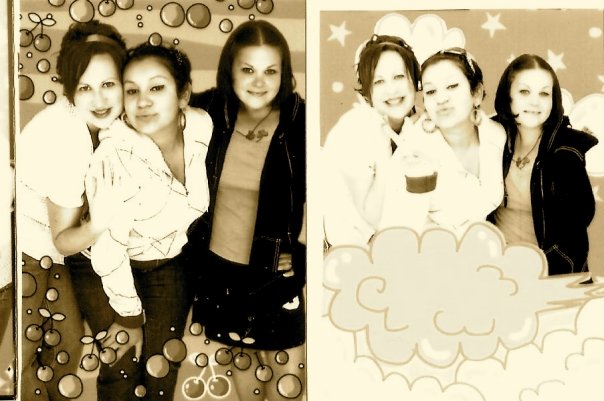
When I started this campaign to bring Mi Vida Loca back to streaming, I wasn’t trying to make noise. I wasn’t trying to start a movement. I was just trying to hold onto something that felt like Shelley.
Because Mi Vida Loca? That wasn’t just a movie we watched. That was us.
Girls with sharp eyeliner and sharper tongues.
Girls who fought, loved, survived, fucked up, and still tried.
Girls who were loud, messy, dangerous, loyal, wild…
Girls the world wrote off as “troubled” before we ever had a chance to tell our stories ourselves.
But I’m closing in on 50 years old now and the older I get, and the more I say her name out loud, the more I realize this isn’t just about Shelley.
As a mother to an adult son I fought the mental health system for when he was diagnosed with a learning disability, I realize this isn’t about the struggle.
It’s about a system that never gives people like her a shot.
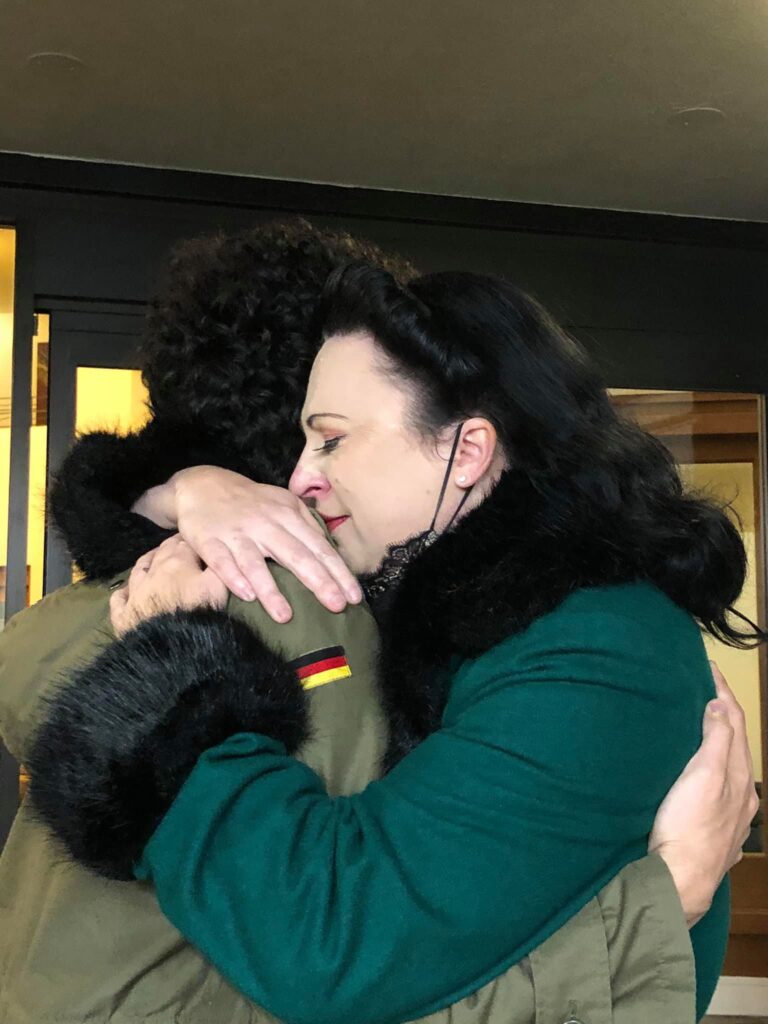
So let’s Talk about what
Nobody wants to talk about.
According to the National Survey on Drug Use and Health:
- 7.7 million Hispanic people over the age of 12 experienced symptoms of mental illness in 2020.
- Only 35.1% received any form of treatment.
Thirty-five percent! Let that sit for a second.
Now think about girls like Shelley—Latina, diagnosed with borderline personality disorder, childhood sexual abuse, addiction, and trauma—and ask yourself how the hell anyone survives that without care?
Spoiler: they don’t.
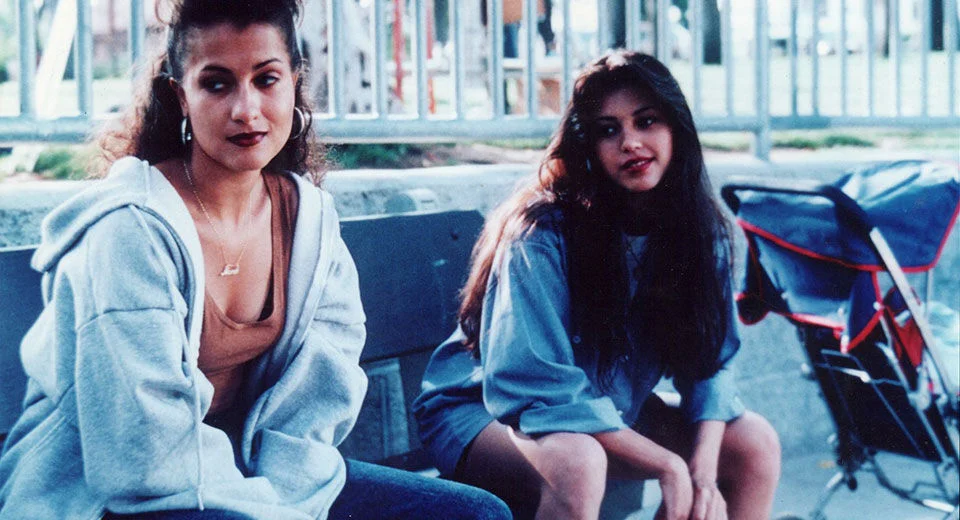
Latinx youth are more likely to experience depression than white youth. They’re also less likely to get help for it. Why? Because of stigma. Because of language barriers. Because culturally competent care is almost nonexistent. Because families like mine are taught to shut up, pray harder, and keep it moving.
Nobody asked what happened to her.
They just responded to the chaos she caused.
And girls like Shelley? We don’t get documentaries. We don’t get foundations in our names. We don’t get op-eds in the motherfucking, New York Times.
We get buried.
And that’s why this campaign matters.
We’re Not Done Yet & Either is Mi Vida Loca
So no—I’m not letting this go.

Because this story? It isn’t over. Not until every girl like Shelley gets more than a case number. Not until our communities have real access to mental health care, to harm reduction, to support that doesn’t punish us for surviving the only way we knew how.
And honestly? Aren’t we all fucking tired of Hollywood picking and choosing when our stories matter? Of them greenlighting our trauma when it sells, then shelving it when it’s inconvenient or not marketable enough? They uplift the sanitized versions of our lives but delete the raw, the real, the ones that hit too close to home. We’re not names or faces or even a race of people. We’re a dollar sign and I’m tired of it.

Mi Vida Loca deserves to be streamed. Our lives deserve to be remembered. And Shelley—La Chiquita—deserved more time, more help, more humanity.
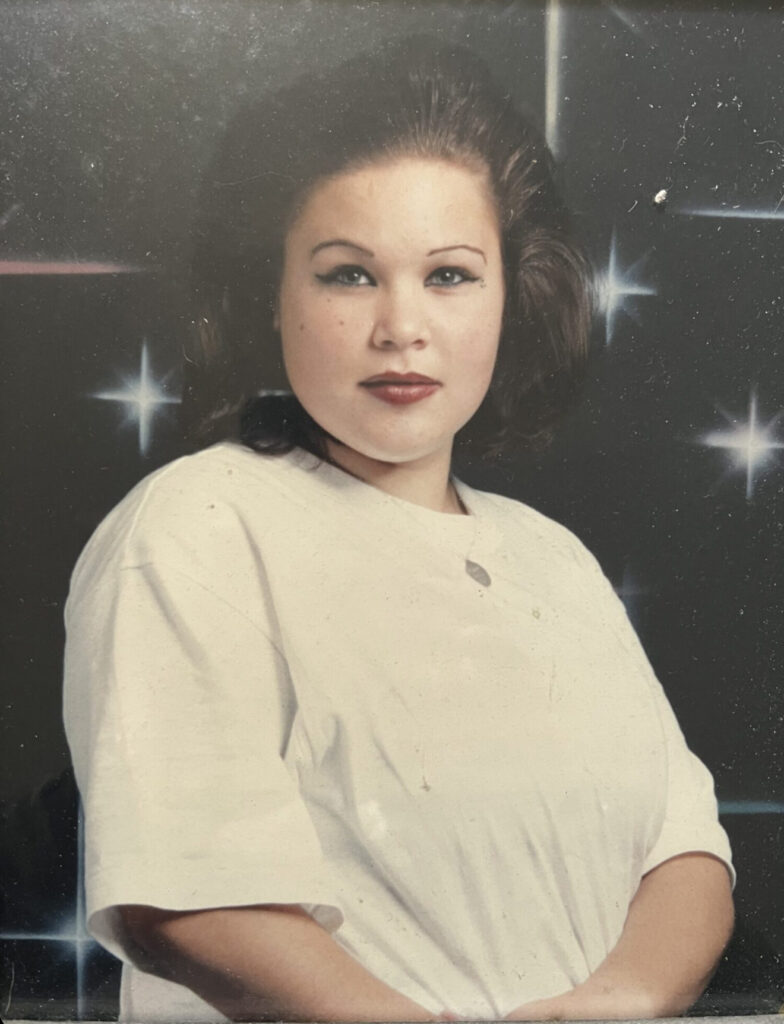
This campaign isn’t about 1990’s nostalgia. It’s about justice. This is for the girls who never made it out or the ones who did—but are still carrying the weight. And this is for those of us who are still here, still fighting, still telling the stories no one else will.
So keep sharing. Keep talking. Keep demanding more.
Because we’re not done yet.
And we won’t be done until our stories are no longer erased on someone else’s terms.
📚 Citations:
- Break the Stigma: Suicide Prevention in the Hispanic & Latino Community – Samaritans Hope, 2023
- Mental Health and the Latinx/Hispanic Community – Brown Health, 2023
- Gang Membership, Violence, and Psychiatric Morbidity – American Journal of Psychiatry, 2013

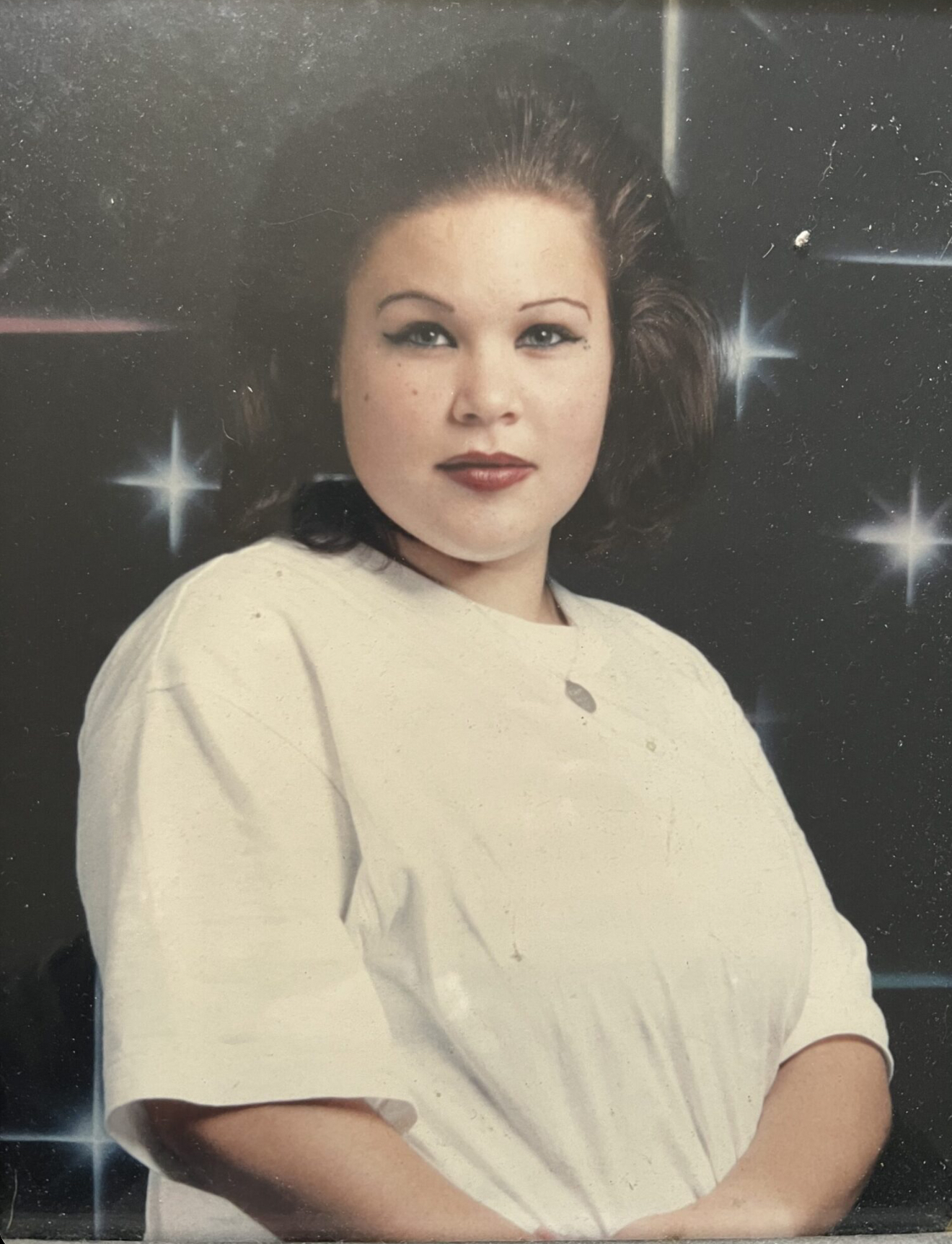
Leave a Reply